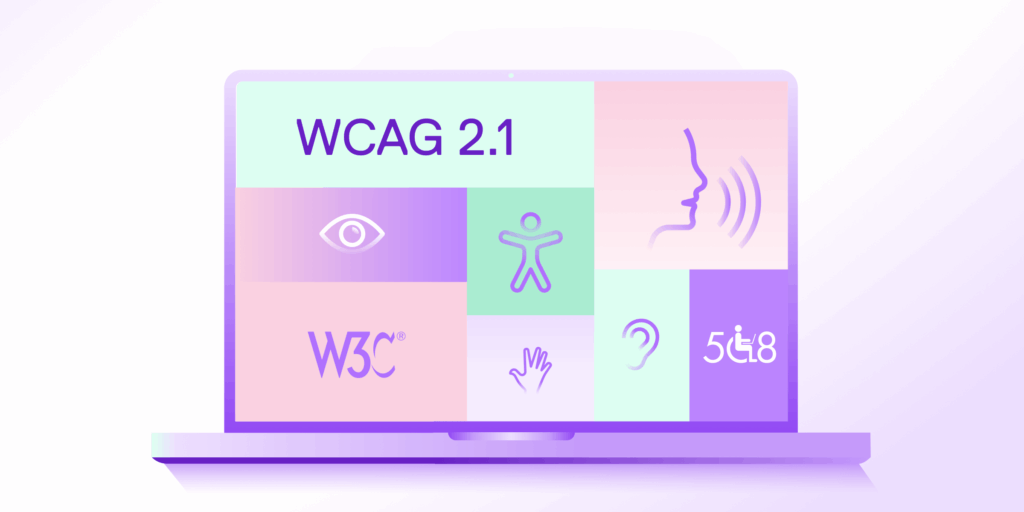The world seems to revolve around the Millennial generation. But Generation Z is serious-minded, success-focused and has been steeped in technology from kindergarten—and now, they’re taking over higher education.
There was a time, until recently, when everything appeared to be targeted at Millennials and their interests, from beer to BuzzFeed. But the Millennial generation’s eldest members are now 38 years old, have long since graduated and become practicing lawyers and doctors and CEOs of some of the world’s most valuable technology companies. The Millennials who remain on campus largely populate the graduate student lounges, if not the tenure-track ranks.
In their wake, you’ll find Generation Z, born roughly between 1997 and 2010: and Generation Z is even more populous than Millennials. Generation Z’s eldest members are already in their senior year of college, the first swell of a tsunami that will crest over American campuses some time around 2025. Like Millennials before them, by the time the wave recedes, they’ll have left a lasting mark.
How Generation Z is different from Millennials
Like every successive generation, Generation Z represents a continuity from its preceding generation—yet also a clear break from it. The challenge for faculty is to understand what’s different about them, and adjust their course materials appropriately.
The term “digital natives” is often applied to Millennials, but the truth is that most Millennials were teenagers by the time the iPhone was invented. Most members of Generation Z, by contrast, were watching YouTube videos on their parents’ devices at age 3. And the ubiquity of technology in their lives has impacted them differently from Millennials—particularly in regards to how they communicate and learn.
Here’s how Generation Z learns differently:
They expect everything streaming and on demand. Generation Z has never had to wait to rent a movie or learn about a topic; it all happens online, immediately. They are not particularly impatient or entitled compared to other generations. It’s just that, for them, it’s normal not to wait.
- Their social life takes place online. Generation Z is comfortable in the online environment of social media. It’s not a distraction; it’s integral to social behavior. It’s also primarily how they send and receive messages. Email is to Generation Z as voicemail is to Millennials: they never bother to check it.
- They assume it’s tailored for them. Growing up during the birth of algorithms, they are simply accustomed to a personalized feed of information, entertainment, suggestions and requests based upon their personalities. Again, it’s not something they ever demanded; it’s just something that’s been done for them at every stage in their lives.
- They like video better. Generation Z is happy to read online but prefers to watch, and they’ll leave video messages rather than send an email or text.
Generation Z and textbooks
These generational shifts in attitude, behavior and communication are becoming pervasive on campus and in the way that Generation Z consume, process and retain information.
Instructors and textbook creators who want to connect with students from Generation Z will benefit from shifting the way they present information. Here are some tips for what Generation Z is looking for in their textbooks:
- Leverage their devices. It’s time to shift existing perceptions of smartphones and the students who use them. Generation Z went through high school organizing, delegating and even collaborating on group assignments via online video chat, each working from their own desks at home. For them, learning doesn’t happen in libraries and coffeehouses but through online resources, chat rooms and more.
For a generation that is used to carrying around their entire streaming music library, contact list, TV shows and e-books, it only makes sense for them to have their textbooks in their phones as well. Digital technology is already the infrastructure of their learning, and it needs to become the infrastructure of the textbook as well. To wit: Ohio State University this year handed out 11,000 iPads to incoming students, complete with the school’s own app and its digital learning platform, Top Hat. - Publish assignments digitally. Generation Z is already awash in online content: it’s a more natural medium for them than books or television. So have them generate content of their own for peers and others to see. Assignments that are not intended solely for the professor’s eyes bring an added layer of motivation and create opportunities for peer-to-peer learning and assessment.
- Use video. Snap, Instagram Stories and more recently TikTok are all important methods of socialization and communication for Generation Z—but this isn’t because of a tendency towards flippancy. In fact, experiencing video and people’s perspectives in real time show a huge capacity for empathy, particularly compared with Millennials.
As Corey Seemiller and Meghan Grace write in Generation Z Goes To College: “Their constant connection with others provides a means to be in the know of issues facing their friends and family. They see social media posts…that describe intimate details of tragedies and misfortune. Being privy to this type of information certainly can make it difficult to be anything less than compassionate.” A member of Generation Z will learn and retain more from an embedded video in a textbook than simply a text description. - Personalize their learning. Personalized learning doesn’t mean designing a tailored approach for every student. Mostly, it means targeting it to the group by assessing their progress and adjusting on the fly. Formative assessment, especially when collected through a digital textbook, can give faculty a strong sense of comprehension of course material. Instructors can review challenging concepts, linking them to previous chapters, and leave readers with the curiosity they need to forge ahead themselves.
Many of these teaching techniques are already gaining traction as late-era Millennials complete their undergraduate education and the first members of Generation Z arrive in their wake. Every campus’ teaching and learning centre has resources to help faculty make the shift.
The most important takeaway from the generational handover? Generation Z has a markedly different and more productive relationship with digital technology and reading than their Millennial predecessors—something faculty can use to their teaching advantage.
Learn more here about Top Hat and how our new generation of textbooks naturally connects with Generation Z: for example, our Effective Public Speaking textbook contains video assignments and digital questions.
With files from Philip Preville.


